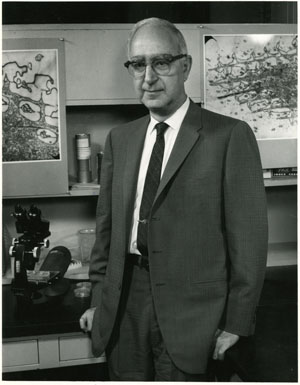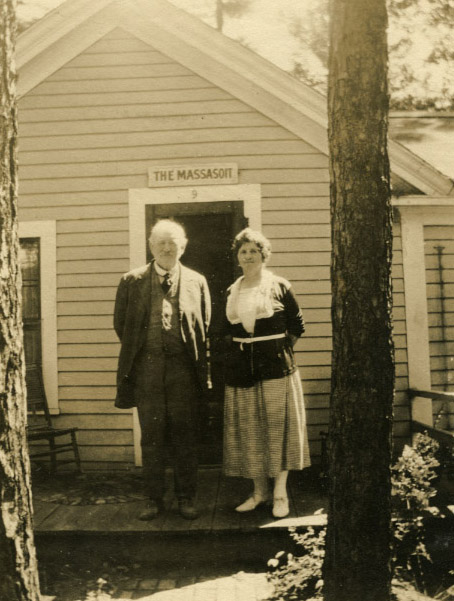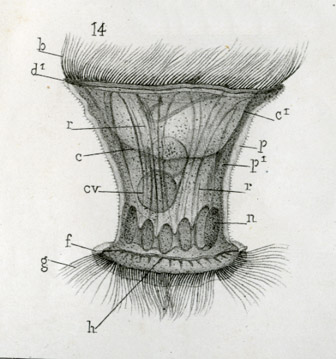University of Massachusetts Amherst. College of Engineering
As early as 1867, Massachusetts Agricultural College offered engineering courses in surveying and the construction of roads and bridges — practical skills that would be valuable to farmers. After the establishment of a separate Department of Agricultural Engineering in 1914, and merger with the Department of Mathematics and Civil Engineering in 1938, UMass began to offer broader education in engineering. The Division of Engineering was created in 1945 to coordinate the expected post-war expansion. Since 1985, the College of Engineering has been organized in four academic departments: Chemical Engineering, Civil and Environmental Engineering, Electrical and Computer Engineering, and Mechanical and Industrial Engineering.
This record group documents the varied efforts to provide an applied technical education to students at UMass and its predecessors. In addition to the College’s annual reports and records of the Executive Council and Engineering Research Council; curriculum and program materials; reports and publications; the record group includes materials from the first four deans of the College of Engineering.



